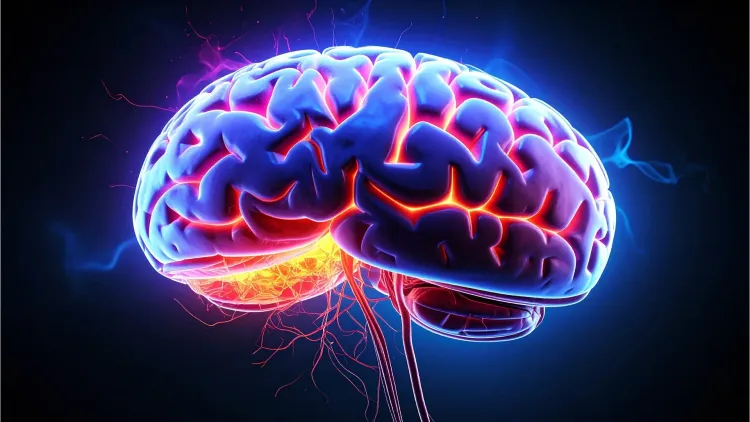Could Sleep Disorders Indicate a Risk for Parkinson's Disease and Dementia?

Synopsis
Key Takeaways
- RBD may indicate risk for Parkinson's disease and LBD.
- Approximately 90% of RBD patients progress to these conditions.
- RBD symptoms include physically acting out dreams during REM sleep.
- Two patterns of brain atrophy have been identified.
- Awareness and early intervention are crucial for better health outcomes.
New Delhi, May 30 (NationPress) Sleep disorders could serve as a precursor for neurodegenerative conditions such as Parkinson's disease and Lewy body dementia (LBD), as highlighted in a recent study.
The research concentrated on individuals experiencing Rapid Eye Movement Behavior Disorder (RBD), a sleep condition where people physically enact their dreams during the REM phase of sleep.
"Typically, our muscles are paralyzed while we dream, but some individuals, especially around age 50, display extreme restlessness, often punching, kicking, and screaming in their sleep," stated Shady Rahayel, a medical professor at Université de Montréal.
Unlike sleepwalking, which happens during slow-wave sleep, RBD manifests during the REM stage and predominantly affects middle-aged adults.
According to the findings published in the journal eBioMedicine, nearly 90% of those diagnosed with RBD are likely to develop either Parkinson's disease or LBD.
“RBD acts as a critical warning signal indicating that certain brain mechanisms are malfunctioning,” noted the research team.
“Individuals with RBD visiting us generally appear healthy... however, half of those who later develop a disease will have Parkinson's, while the other half will have LBD.”
Rahayel pointed out that LBD, which is the second most prevalent form of dementia following Alzheimer's disease, leads to significant impairments in daily functioning.
Alongside dementia, affected individuals may experience Parkinson's-like symptoms, vivid visual hallucinations, fluctuating attention, and various other symptoms.
The research team analyzed data from 1,276 MRI scans of individuals at risk for, or already diagnosed with, Parkinson's disease or LBD, as well as those who are healthy.
Through machine learning and computational models, they identified two distinct patterns of brain atrophy progression.
While LBD is associated with atrophy starting in the cortex and subsequently spreading inward, Parkinson's shows a progression from the interior to the exterior regions of the brain.
The next phase of their research aims to determine the underlying factors contributing to this cortical deterioration, such as vascular lesions, medication effects, and lifestyle choices.
"Having identified these new patterns of progression, our objective is to ascertain from an MRI whether a person exhibits one of these patterns, allowing us to deliver optimal care," commented Rahayel.









